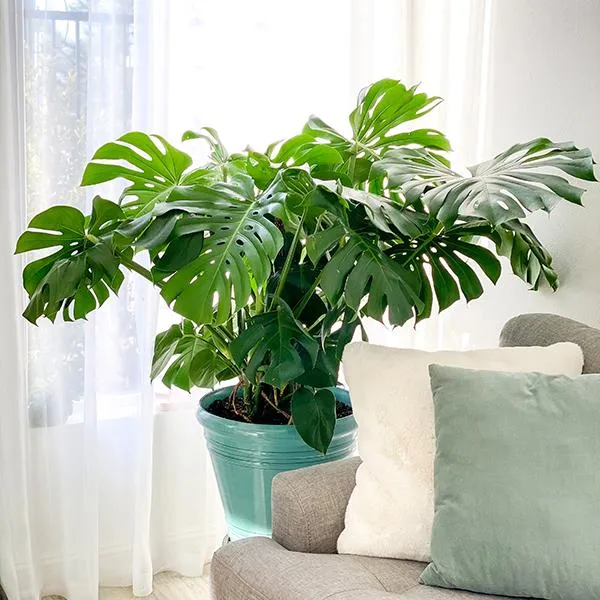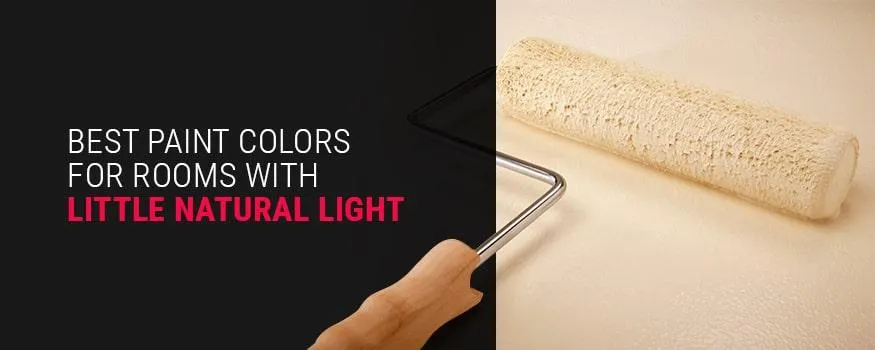Everything You Need to Know About Choosing Low Light Trees For Indoors
If you’re looking to spruce up your interior space with some greenery but don’t get great natural light, low light trees are the way to go. Indoor trees that thrive with minimal sunlight can transform even the darkest of rooms. But with so many options out there, it can feel overwhelming trying to pick the right one. After dealing with my fair share of lighting-related plant casualties over the years, I’ve learned a thing or two about matching leafy friends to low light conditions. In this article, I’ll break down the top low light tree varieties as well as considerations for care, placement, and more. By the end, you’ll have all the intel you need to choose a light-hungry plant pal that will flourish for years to come.
Low Light Tree Options
Here are some of the best indoor trees for low light environments:
- Snake Plant (Sansevieria trifasciata) – Also known as mother-in-law’s tongue, this plant is like the cockroach of the plant world – it can basically survive a nuclear fallout. It thrives in very low light and can go weeks without water. The stiff, upright foliage comes in various colors like green, yellow, and white variegated. A total lightweight champ.
- Chinese Evergreen (Aglaonema) – With its large, colorful leaves in shades of green, pink, red, and white, Chinese evergreen is low key stunning. It can handle very low light as long as temperatures are warm. Be careful not to overwater as its roots are susceptible to rot.
- Dieffenbachia (Dumb Cane) – With bold, tropical foliage in shades of green and cream, dieffenbachia definitely makes a statement. While the sap is toxic, this plant is quite hardy and can survive low indirect sunlight. Just be sure not to let soil dry out completely.
- Dragon Tree (Dracaena marginata) – Known for its stiff, vertically patterned stems topped with leaves in tones of green, yellow, and red, the dragon tree is a classic for a reason. It barely needs any light and practically ignores any care mistakes you chuck its way. Legend has it the plant expresses its wrath through bad feng shui, so best not to abuse its good graces too much.
Those are some heavy hitters, but there are a bunch of other great low light tree options too like jade plant, bamboo palm, pygmy date palm, and parlour palm. The key is finding a plant with thick, waxy leaves that prevent moisture loss.
Care Tips
While low light trees are super forgiving, there are still a few things you can do to help them thrive long-term:

- Provide as much indirect sunlight as possible, even if just a few hours. South-facing windows are ideal. Direct sun can burn thick leaves.
- Water when the top 1-2 inches of soil are dry. Feel the weight of the pot – light means it needs a drink. Rather than drowning the poor thing, aim for occasionally moist soil.
- Add humidity if the air is dry. Consider a pebble tray or humidifier. Some trees like dieffenbachia are humidity hounds.
- Fertilize in the growing season every few months. A balanced, water soluble houseplant formula does the trick.
- Prune or reshape as needed to control size and shape. Outdoor trees may shed leaves indoors from shock.
Consistency is key, but these are very resilient as long as you don’t totally neglect them. And when the lights drop for winter, try to give it as much sunlight as a vampire. They will appreciate the extra ✨photosynthesis✨ hours.
Placement Strategies
Now that you know which low light trees to pick, here are some ideas on where to locate them:
- Near a North-facing window to utilize sidelight. East or West is usually better than South which gets full sun rays.
- In a corner, against the wall, or flanking a window where it’s out of direct path of sunlight. Plants stay happiest when not right in the beam.
- On a table near an East or West window to capture those soft morning and afternoon glows.
- Grouped together away from windows under a grow light if you have zero natural light. Get ones labeled for low light and supplement 2-4 hours a day. Keep lights raised 6-12 inches above.
- Mounted on a shelf right outside a window to stretch those roots toward the light. Sturdier trees hold up well on walls and hanging baskets too.
With a little finesse, even the gloomiest nooks can house a green friend. You just gotta get creative with placement. Give the leafy fellas what little rays you can and they’ll be your bros for life, no question.
Avoid These Common Mistakes
But is it all sunshine and rainbows? No way, José. There’s def some sitchoos to watch out for:

- Overwatering is a surefire way to kill even the hardiest of plants. Go by the soil, not the calendar with watering and aim to keep things on the drier side.
- Neglecting plants when you’re mad, sad or busy never works out for anyone. Set a reminder if needed to shower creatures with a little TLC on the reg.
- Placing trees in a pitch black cave with zero light. Amateur move, my friend. Direct sun is taboo but they do still need some natural rays to photosynthesize and stay perky over time.
- Assuming all low light means no light. While some trees like snake plant survive in a closet, most prefer at least a window with some daylight coming through, even if indirectly.
- Failing to assess lighting conditions first before shopping. Make sure your conditions match a plant’s needs or it may not last as long as you’d hoped. Do your research up top!
Basically, you want to avoid dark damp holes and keep things on the brighter drier side to set your leafy pals up for success long-term. Give them some light, don’t soak them, and keep an eye out for pests like gnats if conditions get too moist. With a lil TLC, low light trees can totally thrive indoors for years.
Some Final Thoughts
Low light plant parenting isn’t too tricky once you get the hang of reading your trees’ needs. I’ve found it totally rewarding to see drab corners blossom with life just from a few rays and splashes of water here and there. Whether you opt for classic snake plant or funky calathea, they add pops of cleansing energy wherever they find home. Sure, learning moments happen – one time I nearly killed an elegant philodendron with too much TLC, believe it or not. But part of the magic is figuring out each leafy friend’s personality over time. And hey, don’t we all deserve a second chance after a growth spurt or two?
Ultimately, these trees are a low commitment way to experience the calming, mood-boosting benefits of indoor plants even without windows galore. Give one of these resilient beauts a try—I promise, under the right care you’ll be smiling right back at their perky leaves for years to come. Let me know if you have any other low light plant questions! Now go rescue that corner from the dark side with a new green buddy.

Best Low Light Trees for Indoor Growing
| Plant Name | Light Requirements | Size | Care |
|---|---|---|---|
| Snake Plant | Low | Mid-size | Easy care, tolerate neglect |
| Pothos | Low | Vining | Very easy care, resilient |
| China Doll Plant | Low | Small | Water lightly, tolerate low humidity |
| Peperomia | Low | Small to mid-size | Easy care, tolerate low humidity |
| Philodendron | Low to medium | Vining | Easy care, tolerate low humidity |
| ZZ Plant | Low | Medium to large | Very easy care, tolerate neglect |
FAQ
-
What kinds of low light trees can I grow indoors?
There are basically a handful of tree species that do well with minimum lighting. Some options are bamboo, fig trees, jade and money trees. These plants have evolved to use what light is available efficiently.
-
Do I need a grow light for low light trees?
While you can try growing some trees in a very dim spot, you’ll likely see better outcomes if you offer supplemental light. A simple shop light or desk lamp with an LED bulb would improve things. Even a couple hours of extra light daily will help a tree. Perhaps consider a grow light if your space is truly dark.
-
How much sunlight do low light trees need?
Most trees labeled as “low light” can manage with around two hours or less of direct sunlight daily. Nevertheless, they’ll thrive more with three to four hours if possible. On the other hand, too much afternoon sun may cause leaf burn on some tropical varieties. It’s best to start new trees in filtered light and see how they fare.
-
What kind of care do low light tree need?
As with any houseplant, watering is key. The soil for low-light trees should be allowed to dry slightly between waterings. At the same time, be careful not to let it dry fully. Check soil moisture with your finger to get a feel for each tree’s needs. Fertilize during the growing season once a month. Prune to shape if wanted but avoid cutting during winter when plants are dormant.

-
How long do low light trees live indoors?
Lifespan indoors can vary greatly based on growing conditions. Fig trees and bamboos may live for many years with care. Money trees usually only last a couple years. Leafy tropical varieties often decline fastest. Perhaps getting a trimmer tree like a jade or citrus would have the best chance of lasting more than a couple years. It’s difficult to say for sure as indoor circumstances can differ a lot.
-
Is it hard to care for a low light tree?
For the most part, low light trees are fairly low maintenance. As long as they receive at least some sunlight and consistent watering, many varieties will grow successfully inside. However, pests or diseases could be kind of tough to deal with indoors. And identifying issues may not always be easy without clear symptoms. Overall they’re a nice option for not-so-green thumbs though. Just pay attention and act if problems start to show.
-
What’s the best way to display low light trees?
Placing trees near a south or west facing window would seem obvious. But east windows provide nice morning sun too. If window sills aren’t ideal, try a side table nearby. Staggering heights looks more natural than one-size trees. You could also try an attractive plant stand. Ultimately it’s up to you – experiment and see what amazing arrangements you discover! Quotes say trees with character often come from odd spots.
